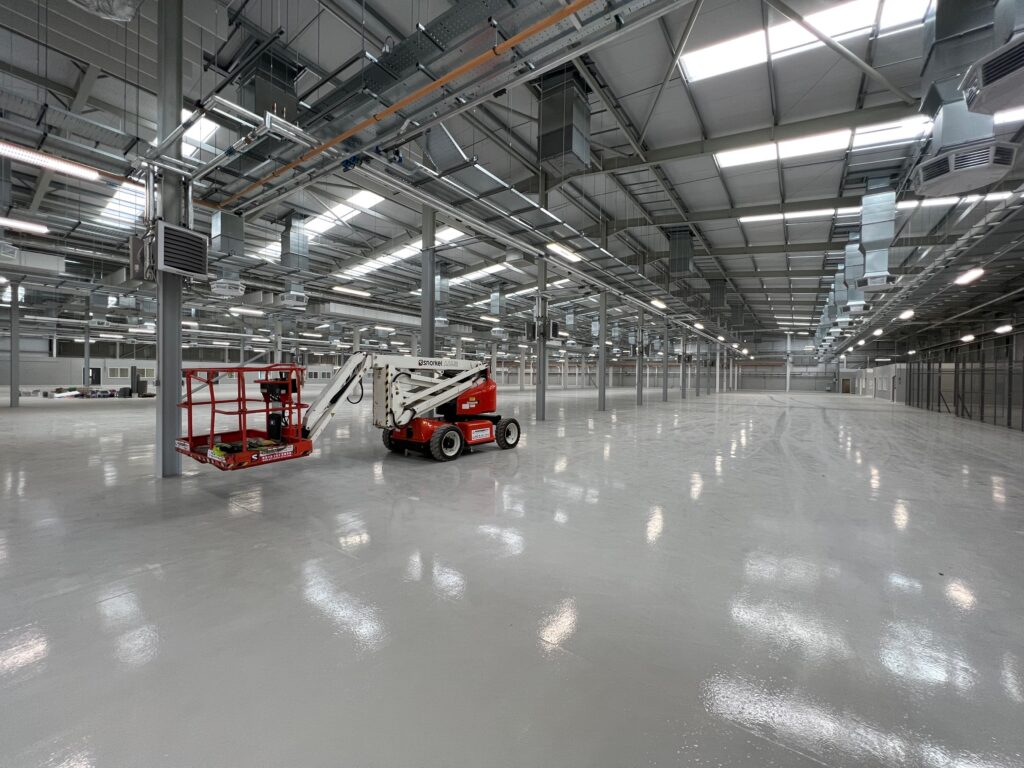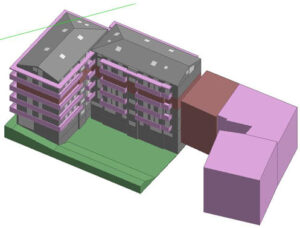SBEM is used to demonstrate the energy performance of new and existing non-domestic buildings.
SBEM stands for ‘Simplified Building Energy Model’. It is a government approved methodology that calculates the energy required to heat, cool, ventilate and light a non-dwelling.
Assessed based on a 12-month period of ‘normal’ use it gives an accurate picture of the amount of the energy and carbon dioxide emissions of the building and therefore how energy efficient (or not) the building is. Non-domestic buildings include offices, warehouses, retail units, restaurants, leisure centres and retirement homes.
What does SBEM do?
SBEM is used to do two things:
- To demonstrate compliance with Part L of the Building Regulations
- To produce Energy Performance Certificates (EPC)
An SBEM calculation provides an output in the form of a ‘BRUKL’ report.
What is a BRUKL Report?
A Building Regulation UK Part L Report (BRUKL) demonstrates compliance with certain aspects of new build regulations including a carbon emission target (TER/Target Emission Rate), solar gain, and limiting standards for fabric and services.
The BRUKL document is required by Building Control prior to works starting onsite.
The BRUKL document is mainly required for new builds (and in some cases extensions) but can also be used for existing buildings if any of the minimum standards are not met, to demonstrate the CO2 has been compensated for elsewhere.
SBEM uses
Establishing the energy performance of a building early in the design process is critical for any scheme. Very often an energy assessment is driven by a need to demonstrate compliance – with Part L in England & Wales, Document F in Northern Ireland and Section 6 in Scotland.
Significantly, there are two stages to the assessment – ‘design’ (required for permission to build) and ‘as-built’ which is required for the completion certificate and EPC to be issued.
Further than that, planning rules may dictate that a higher standard is required. For instance in London, there are carbon targets to meet where the GLA will typically require a 35% improvement beyond Part L for major developments.
Local authorities may also set extra requirements for wider sustainability measures such as BREEAM.
Whatever we are trying to achieve, SBEM is the tool we use to calculate the figures, demonstrate any improvements and produce the reporting that Building Control and planners need to see.
What goes in to an assessment?
The assessor will firstly enter the geometry of the building and zone it into ‘activities’. SBEM calculations differ from SAP Calculations in the way that they assign a use, not only for the building, but for the various zones within it. These will have different assumptions about the use of the building services and occupancy.
Factors such as construction type – including specific U-values for walls, roofs, floors and windows are taken into account in the assessment. Much like SAP, the efficiency of heating systems, hot water and ventilation systems and other factors affecting energy consumption are all included in the calculation.
The services within commercial and public buildings tend to be much more complex and wide ranging, and so the options within SBEM are much broader than for domestic applications.

Does the software matter?
We are often asked what the difference is between the software tools we use. You may see reference to things like iSBEM, DesignBuilder, IES and TAS.
These are different tools that we can use to carry out assessments, but they all use the underlying SBEM methodology.
The difference is that tools like DesignBuilder, IES and TAS offer the ability to carry out DSM (Dynamic Simulation Modelling) analysis.
These tools allow the assessor to carry out full 3D modelling and gives a much more accurate and tailored assessment, allowing for more design flexibility and the ability to design out the things we don’t want, like overheating, and design in the things we do want, like daylighting levels and occupant comfort.
Would you like to discuss your project?
Build Energy is a leading provider of SBEM assessments and DSM analysis working across the UK. Call us for a chat on 0330 055 34 05 or email be@buildenergy.co.uk.
